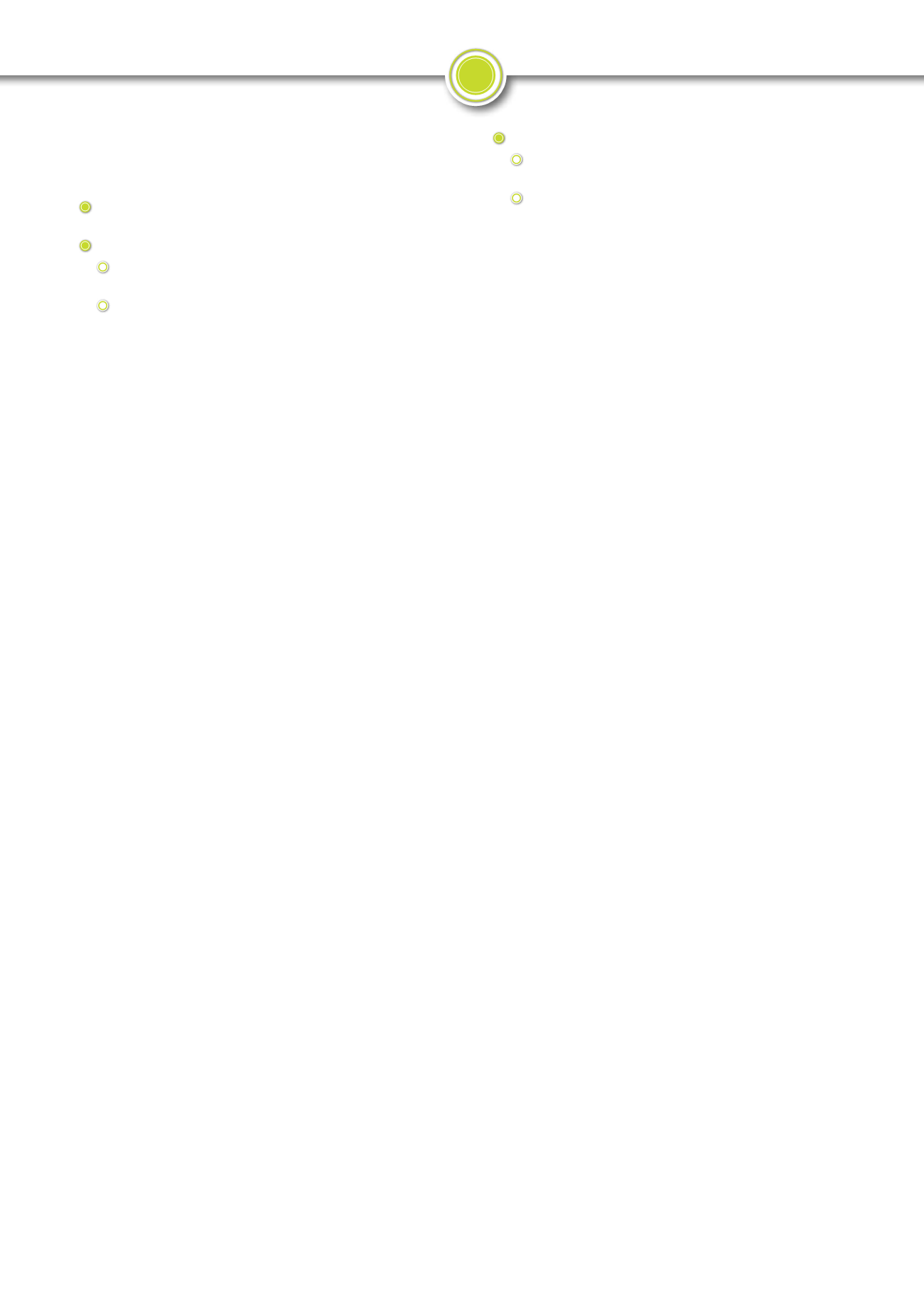

43
Stigting van SASRN.
Goeie samewerking met insetmaatskappye, veral die chemiese
bedryf.
Eerste seisoen (2018/2019) ná die stigting van die SASRN dat
Sclerotinia-proewe geplant sal word.
Biosekuriteit: Vroeëwaarskuwingstelsel vir
kommandowurms in Suid-Afrika
Die Suider-Afrikaanse streek het pas een van die ergste droogtes
in 30 jaar beleef, en is toe ook deur die goed gedokumenteerde herfs
kommandowurm-inval getref. Dit het biosekuriteit op die voorgrond
geplaas, aangesien die inval van plae in Suid-Afrika streeks- sowel as
internasionale handel en ook nasionale voedselsekerheid bedreig.
’n Moniteringsprogram wat deur Graan SA geïnisieer is, is suksesvol
geïmplementeer om die voorkoms en verspreiding van die herfskomman-
dowurm (
Spodoptera frugiperda
) in Suid-Afrika te identifiseer. Gereelde
vergaderings tussen die bedryf en die regering het die nasionale status
van hierdie plaag, monitering, diagnostiese kapasiteit, skadebeoordeling,
plaagbeheer en beheerregulasies hanteer. Tot dusver is die herfskom-
mandowurm met ’n beduidend groter voorkoms in Limpopo waargeneem,
wat beklemtoon dat hierdie streek dringende tussenkoms benodig.
Verspreidingskaarte van die herfskommandowurm het moontlike versprei
dingsroetes vir hierdie kommandowurm getoon, en ook die herfskomman-
dowurm-vrye streke in Suid-Afrika geïdentifiseer.
Dit is interessant dat ’n baie groot getal valskommandowurms
(
Leucania loreyi
) in 90% van die valstrikke vir herfskommandowurms
gevang is. Hierdie moniteringsdata beklemtoon hoe belangrik dit is
om bestuurspraktyke te implementeer om die groot voorkoms van
herfs- en valskommandowurms te verminder.
Voordele van biosekuriteitsmonitering vir Suid-Afrika
Die regering en bedryf is verbind tot die versekering dat voldoende
biosekuriteitsmaatreëls geïmplementeer word om Suid-Afrikaanse
gewasse te beskerm sodat nasionale voedselsekerheid verseker kan
word. Die daarstelling van ’n suksesvolle vroeëwaarskuwingstelsel vir
die herfskommandowurm het die regering en die bedryf in staat gestel
om vinnig te reageer deur produsente oor toepaslike beheerstrategieë
in te lig en landbouchemiese beheerprodukte te registreer. Die huidige
program dien as ’n uitstekende basislyn om huidige biosekuriteits-
bedreigings te voorkom. Dit is van die uiterste belang dat die regering
en die bedryf indringerplae en patogene se binnekoms in Suid-Afrika
moet identifiseer en bestuur, aangesien gewasverliese nasionale voed-
selsekerheid bedreig.
Klimaataanpasbaarheid: Verbeter
klimaataanpasbaarheid
Voorspellings van hoe klimaatstoestande in die jare vorentoe sal
verander, word toenemend gemaak. Hierdie voorspellings sal egter
betekenisloos wees as strategieë om hierdie toestande aan te pas, nie
in plek is nie. Ten einde te verseker dat mielies in Suider-Afrikaanse
mieliegebaseerde stelsels – spesifiek dié van kleinskaalse produsente
– by klimaatsverandering kan aanpas, is die Klimaatsveranderingkon-
sortium gestig. Navorsers van Sensako, Rhodes Universiteit (RU),
Universiteit Stellenbosch, die Universiteit van Fort Hare (UFH) en
CIMMYT werk saam om klimaataanpasbare mielielyne met groter
voedingswaarde en beter siekteweerstandigheid te teel. Hierdie lyne
word dan by die ultramoderne verhoogde-CO
2
-fasiliteit by RU aan die
hand van voorspelde toekomstige toestande geëvalueer.
improved soil health, decreased disease incidence, higher crop yields
and ultimately, increase food security for South Africa.
General remarks with regards to the project
Main role-players include DST, North-West University, University of
the Free State and the ARC-PHP and ARC-GC.
Establishment of a SASRN.
Good collaboration with input companies, particularly the
chemical industry.
First season (2018/2019) that Sclerotinia trials will be planted
after the establishment of SASRN.
Biosecurity: Early-warning system for
armyworms in South Africa
The Southern African region, having just experienced one of the
worst droughts in over thirty years, was also hit by the well documented
fall armyworm invasion. This brought biosecurity to the forefront as entry
of invasive pests into South Africa threatens regional and international
trade as well as national food security.
A surveillance programme, initiated by Grain SA, was successfully
implemented to identify the occurrence and spread of fall armyworm
(
Spodoptera frugiperda
) in South Africa. Regular meetings are held
between industry and government to discuss the national status of
this pest, surveillance, diagnostic capacity, damage assessment, pest
management and control regulations. Thus far, fall armyworm has been
detected at significantly higher incidences in Limpopo which underlines
that this region needs urgent intervention. Furthermore, distribution
maps of fall armyworm has revealed possible routes of spread for this
armyworm and also identified fall armyworm-free regions in South Africa.
Interestingly, very high number of false armyworm (
Leucania loreyi
)
were caught in 90% of the fall armyworm traps. This surveillance data
emphasises the importance of implementing management practices to
reduce the high incidences of both fall and false armyworms.
Benefits of biosecurity surveillance to South Africa
Ensuring that adequate biosecurity measures are implemented for
protection of South African crops is a priority government and industry
are committed to in order to ensure national food security. Establishing a
successful early-warning system for fall armyworm enabled government
and industry to rapidly respond through informing producers of appropri-
ate control strategies and registering agrochemical control products.
The current programme serves as an excellent baseline for preventing
current biosecurity threats. It is critical for government and industry to
identify and manage invasive pest and pathogen entry into South Africa,
as crop losses threaten national food security.
Climate Resilience: Increasing climate resilience
Predictions of how climatic conditions will change in the coming
years are becoming increasingly available. However, these predic-
tions will be meaningless if strategies to adapt to these conditions are
not in place. In order to ensure that maize will be resilient to climate
change in Southern African maize-based systems – specifically
for smallholder producers – the Climate Change Consortium were
founded. Researchers from Sensako, Rhodes University (RU), Stel-
lenbosch University, the University of Fort Hare (UFH) and CIMMYT
are collaborating to breed climate resilient maize lines with increased
nutritional value and improved disease resistance. These lines will
then be evaluated under predicted future conditions at the state of
the art elevated CO
2
facility at RU.
Graannavorsing en Beleidsentrum
Grain Research and Policy Centre
Konsortiums en multibelanghebbendevennootskappe
Consortiums and multi-stakeholder partnerships
















